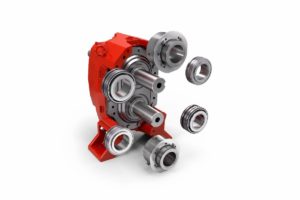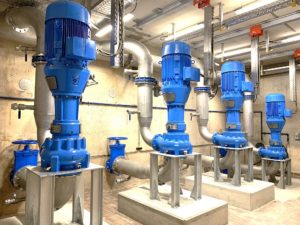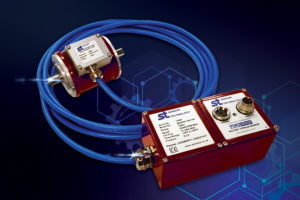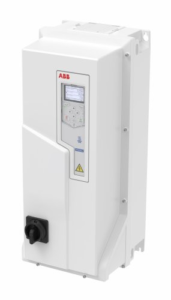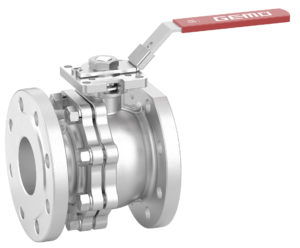KSB: Intelligent control valve with electric actuator
At this year's ISH, KSB Armaturen GmbH will debut an intelligent control valve with slanted seat and microprocessorized actuator. Available from June 2001, the new BOA-CVE SuperCompact valve is designed for use in heating and air-conditioning systems as well as in auxiliary industrial circuits. Depending on the desired pressure and on the temperature in a given circuit, the new valve serves to control or shut off the flow as required. A freely and individually parameterizeable electric actuator adapts to practically any building services application.
Continuous control is the normal mode, with an analog input signal being queried and converted to a precise degree of valve travel. A three-point control is provided for simple control functions, i.e., for putting the actuator in the "open", "stop" or "closed" position. The valve's control characteristic can be either linear or equal-percentage, depending on how the actuator is programmed. The set value (input signal) for the control valve can be a standard 2 – 10 V or a current of 4 – 20 mA. A voltage of 0 – 10 V is provided for the actual-position indication (output signal).
The actuators, which come in two sizes, offer max. 1200 and 8000 Newton actuating power. They operate on 24 V dc or 24 V ac and have closing times of 75 to 150 seconds. With the aid of an integrated PI controller, control functions (process control loops) can be implemented without need of a higher-order automation level. The BOA-CVE-SuperCompact is available in nominal diameters of DN 20 through 150 and for pressure class PN 6/16. Thanks to its compact design, this control valve is the smallest and lightest model available for the stated pressure class, and owing to the technically refined slanted-seat design, it offers markedly greater flow rates than conventional straight-way valves. The valve therefore helps save room in air-conditioning and heating stations while simplifying its own installation and operation. The actuator's self-calibrating capacity renders limit-switch adjustments superfluous. The preassembled five-wire connecting cable for supply and control voltage, too contributes to ease of installation and operation.
Source: KSB SE & Co. KGaA

